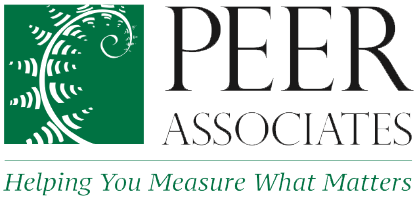Target Your Message
A killdeer parent who is guarding a nest and perceives a hungry fox on the prowl is a master communicator. They craft a message specifically targeted to the predator. Pretending to have a broken wing, the protective parent limps away from the nest, as if to say, “Yo, hungry dude, come eat me (instead of looking for my kids).” Evolution suggests this strategy works. What might we learn from this communication master class?
What if we want decision-makers in schools or parks to authorize more place-based education (PBE)? Last year, PEER collaborated with Shelburne Farms, the National Park Service, and the New Hampshire Charitable Foundation to create the School’s Out(doors) booklet to promote the message that outdoor, place-based education is a healthy response to a pandemic (or to being a kid). Our data suggested that conversations and first-hand experience (more than research) were more often the factors that led to deciding to do more PBE. Accordingly, the School’s Out(doors) booklet included lots of contact info so that readers can reach out directly to other people to help them take the next step on their own PBE journey.
We may not be as masterful a communicator as a threatened killdeer (we’re evaluator geeks, after all), but we did do some systematic reflection on the communication process. The result was a tool that you can use to sharpen your own environmental education message. See
bit.ly/eemessagetemplate
for your very own copy of the template! We have shared this tool in conference presentations for the Maine Environmental Education Association, the Natural Start Alliance, and the North American Association for Environmental Education. Workshop presenters seemed to appreciate the way the tool provides a step-by-step process for crafting a message. We suspect that one of the most valuable aspects of the tool is the extensive set of resource links embedded in the template.
What do YOU think? We’d love to hear your opinions about what is most and least useful about the tool at bit.ly/eemessagetemplate.

